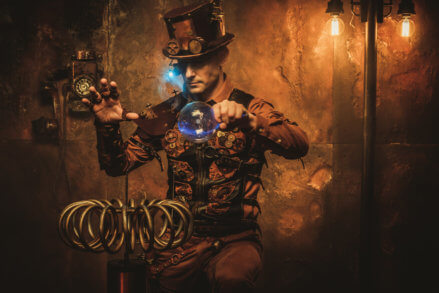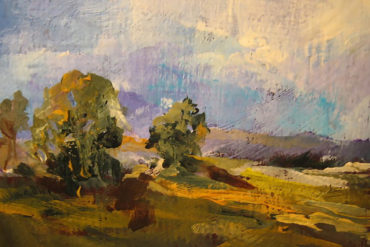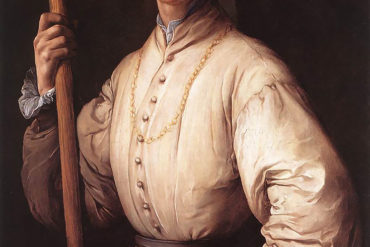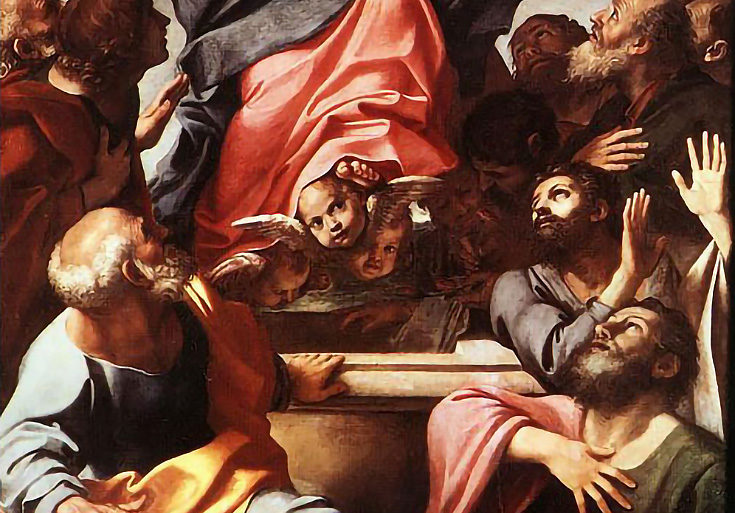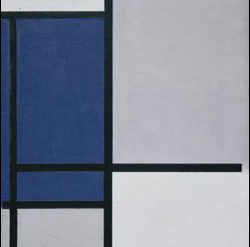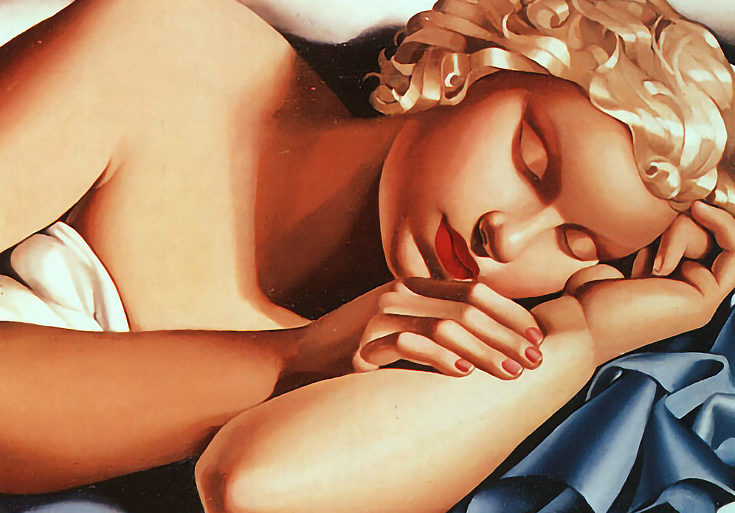One of the most significant cultural phenomena of the last decade, steampunk is now firmly established within the arts scene, enjoying mainstream respect at exhibitions and...
Art Movements Learn about important periods in art history
Looking for information on a particular art style?
If you want to learn about art movements like Cubism, Surrealism, or get quick notes on art periods throughout history, you're in the right place! We cover everything from the 17th century baroque art movement to minimalism and even contemporary trends like steampunk and comic book art.
Pick any historical art movement below, and enjoy!
What is a linocut? A linocut is a type of relief print. Relief printing is when a piece of paper is “stamped” with ink from the top surface of the plate. Other types of relief prints are woodcuts and engraving. Essentially, a linocut is the same as a woodcut
Glass mosaic art has been practiced for thousands of years, going back to Ancient Egypt, where it was initially used in palaces and tombs. The Egyptians were the first to discover the versatility of glass, later learning to
The first comic book was born in the United States and is often said to have been officially launched by ‘Famous Funnies’ in 1934. What followed was mass production of a wide assortment of comic books that eventually led comic book historians to categorize them according to their production date.
Whenever you come across still life paintings depicting things like bread, fruits and vegetables, you’re actually seeing the results of a long tradition of food in art. For instance, a glass bowl of fruit was commonly included in Roman paintings to boast of the delicacies that Roman citizens enjoyed.
Pixel art is a unique digital art movement that got its start in the early years of computer graphics when video cards still had very limited capabilities. (Think old arcade games and you'll get the idea.)
Over the past 18 months I have devoted a lot of my painting time to the creation of Pocket Art. "Pocket Art" refers to paintings with dimensions of 2.5 x 3.5 inches, and while painting in such a small format can be challenging, it is always rewarding. . .
With the advancement of computer technology (and software programs such as Photoshop) the relentless, tireless photographer who crouched in dawn's early light to catch that "perfect scene" is a rare find.
Japanese art prints, or Ukiyo-e (which means "pictures of the floating world") have become an increasingly popular art form in the Western world. Their upward, floating imagery sprang from the Buddhist idea that joy is transient and that only detachment from desire will bring true enlightenment.
What was Romanticism? Well, although the name may sound a bit lovey-dovey, as an art (and literary) movement Romanticism really had nothing to do with love or romance. It DID have everything to do with emotion, however.
What was Mannerism? Simply put, Mannerism was the art movement that took place immediately after the Renaissance during the 16th century. There are also two things which tend to show up in Mannerist works fairly often, and you can spot them if you know what to look for.
The Baroque art movement began during the early 17th century in Italy and lasted over a century throughout Europe. As a style, Baroque artwork combines dramatic compositions, beautiful details, and emotional subject matter.
The De Stijl art movement (Neo-Plasticism) had just one goal: to make art that was as simple and as basic as possible. De Stijl took art to an almost scientific level of precision and perfection, using squares, lines, and primary colors only.
Within the first two decades of the 20th century, a new art movement began unlike any other - Cubism. Most Cubist works are immediately recognizable due to their flattened, nearly appearance, geometric lines and angles, and a fairly neutral color palette.
The Surrealist art movement began with André Breton, a French writer interested in Sigmund Freud's analysis of the subconscious mind. André Breton wanted Surrealism to change the world. . . in some ways, it probably has.
What is Dada really? Is it an art movement? A way of thinking? The truth is, Dada art is in every possible way the opposite of traditional art—it's anti-art that was meant to shake the art world to its core.
Art Nouveau was an exceptionally popular art movement in the late 1800's, beginning around 1880 and lasting into the second decade of the 20th century. It was so popular in fact, that many of us still recognize it when we see it, especially in posters like this one by Jules Chéret.
Art Deco was an art movement that lasted from the 1920s until around 1940. It began in France with a group of French decorators, designers, and artists at an event called the "Exposition Internationale des Arts Décoratifs et Industriels Modernes." The name Art Deco was later coined from that title.
As movements go, Abstract Expressionism is a little tricky to describe because it revolved primarily around the individuality of its leading artists, Jackson Pollock, Willem de Kooning, and Mark Rothko, just to pick a few. However, if you break down the name itself (Abstract Expressionism) it gets a bit easier.
The term Impressionism (or Impressionist) is a rather popular word in art circles—sometimes it seems that once a painting is labeled as having an Impressionist style, it has an extra air of appeal about it that it didn’t before. For those of you who aren’t completely sure what Impressionism is all about, read on.
Fauvism was a brief art movement made up of several young Parisian painters at the beginning of the 20th century. Led by Henri Matisse, this group of painters often used vivid colors - without much mixing or blending - to create flat shapes in their paintings while still being representational. . .
